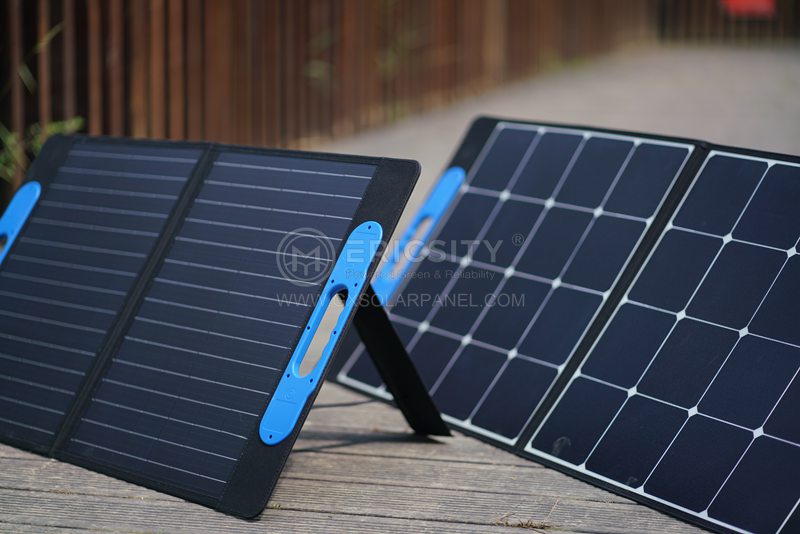HOT PRODUCT
Product Details
The Science Behind 60 Watt Folding Panels: How They Generate Electricity
The Science Behind 60 Watt Folding Panels: How They Generate Electricity
In recent years, there has been a growing interest in renewable energy sources as the world strives to reduce its reliance on fossil fuels. Solar energy, in particular, has become increasingly popular due to its abundance, sustainability, and minimal impact on the environment. Among the various solar devices available, 60 Watt folding panels have gained significant attention for their portability, versatility, and efficiency. But how do these panels actually generate electricity? Let’s delve into the science behind their operation.
At the core of a 60 Watt folding panel lies a technology called photovoltaics, which directly converts sunlight into electricity. The key component responsible for this conversion is the solar cell. A solar cell is typically made up of layers of different materials, primarily silicon, that exhibit a unique property known as the photoelectric effect. This effect allows the absorption of photons, particles of light, to release electrons and generate an electric current.
The first layer of the solar cell, called the anti-reflective coating, is designed to minimize the reflection of light. By reducing reflection, more photons can penetrate the solar cell, thus increasing its efficiency. Once the photons reach the absorbing layer, they interact with the atoms of the silicon atoms, exciting electrons and creating an electric current.
Within the absorbing layer of the solar cell, there are two types of silicon materials: N-type and P-type. The N-type silicon contains extra electrons, while the P-type silicon has “holes” or spaces for electrons. When these two silicon types are joined together, a junction is formed, known as the P-N junction. This junction separates the positive and negative charges and creates an electric field.

When sunlight enters the solar cell, the photons with enough energy are absorbed, dislodging electrons from their atoms in the N-type silicon. The electric field at the P-N junction then pushes the electrons towards the P-type silicon, creating a flow of electrons, or a current. This flow of electrons is the electricity generated by the solar cell.

To harness this electricity, small metal contacts are placed on the top and bottom of the solar cell. These contacts capture the flow of electrons and direct them through an external circuit, such as a wire, to power various devices or charge batteries. The more solar cells integrated into a panel, the greater the electricity generation.
While the science behind 60 Watt folding panels may seem complex, their design and portability make them an efficient solution for a variety of applications. Moreover, advancements in solar technology have significantly increased the efficiency of these panels over the years.

To optimize the output of 60 Watt folding panels, it is crucial to ensure they are properly positioned towards the sun. Direct sunlight, especially during peak hours, maximizes their exposure to photons, resulting in higher electricity production. Additionally, keeping the panels clean and free from dirt and debris allows for better light absorption.
In conclusion, the science behind 60 Watt folding panels revolves around the remarkable ability of solar cells to convert sunlight into electricity through the photoelectric effect. By harnessing the power of photons, these panels offer a clean and sustainable source of energy. As technology continues to advance, the efficiency and affordability of solar panels will undoubtedly improve, making renewable energy an even more prominent player in our lives.




